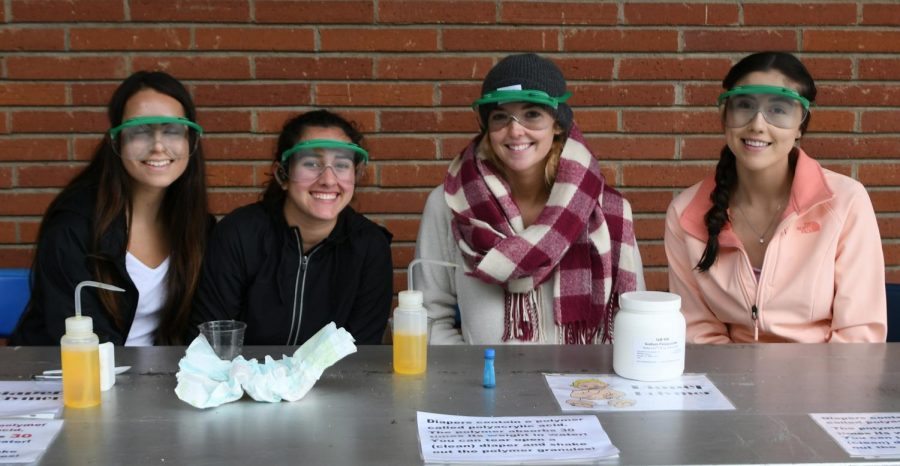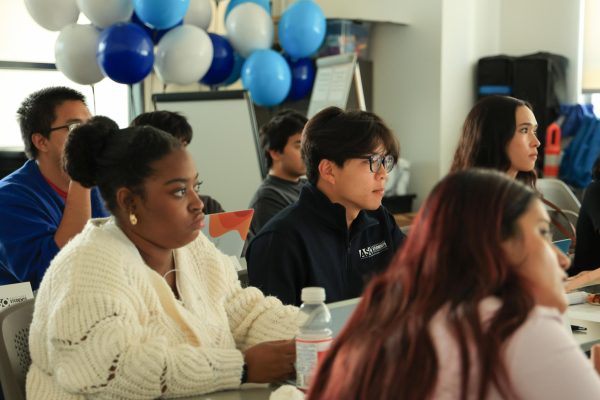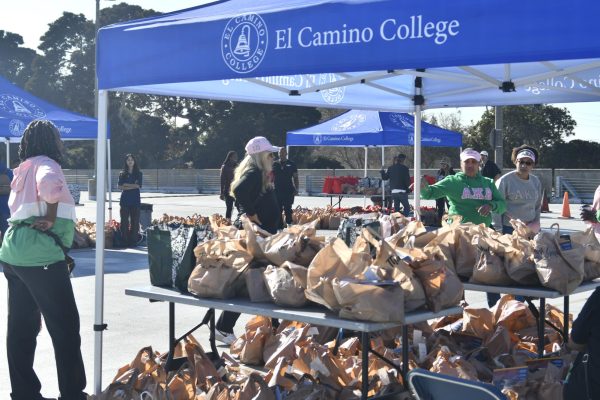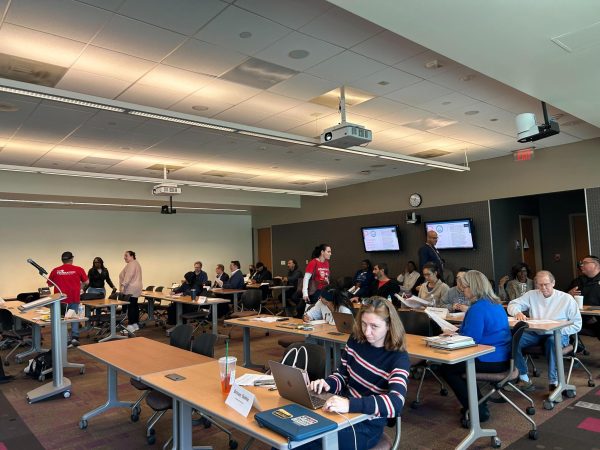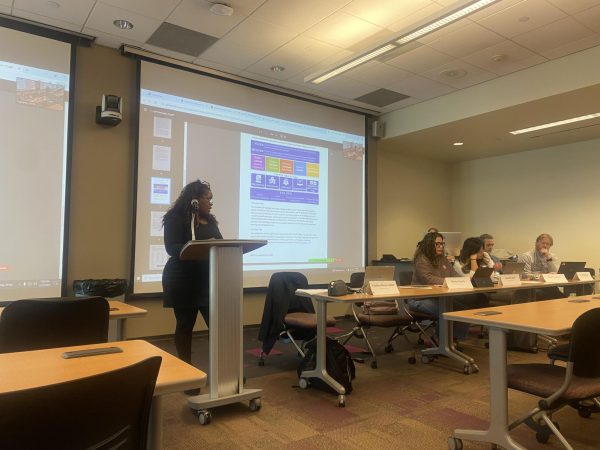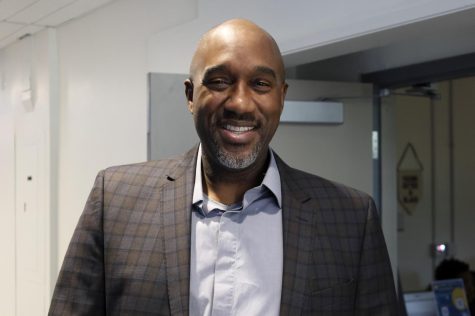Students of all ages participate in Onizuka Space Science Day
Last Saturday, March 10, a line of excited kids and parents started forming outside Marsee Auditorium at 8 a.m.
Students of grades 5 to 12 were selected from local schools to participate in Onizuka Space Science Day 2018, a program designed to promote interest in science and technology. El Camino College hosts this annual event dedicated to the memory of Ellis Onizuka who was one of the seven astronauts aboard the space shuttle Challenger when it exploded after launch in 1986.
EC President Dena Maloney welcomed the audience and Tim Stowe, the president of the Astronaut Ellison S. Onizuka Memorial Committee, and introduced NASA astronaut Robert Shane Kimbrough.
Kimbrough flew to space in 2008 on the space shuttle Endeavour and on the International Space Station as mission commander from 2016 to 2017. He spent six months on the ISS and performed six spacewalks totaling 13 hours in his career.
Kimbrough made a presentation featuring pictures taken while flying at 17,000 mph in the ISS, 250 miles above the earth. These included shots of northern lights, lightning storms, and geographical landmarks.
Kimbrough talked about training for the Soyuz launch, including his experience learning Russian, and showed videos of his bumpy landing in Kazakhstan. He also showed photos of the crew eating Jell-O in zero gravity, and of himself making a peanut butter and jelly sandwich with a system that involved tortillas and Velcro.
Afterwards, Kimbrough fielded questions from students. Many were about how astronauts eat and drink, which he answered,“no sodas, and all the drinking water comes from recycling excreted waste.” He also shared details about how astronauts sleep “strapped in,” shower, “we don’t”, or go to the bathroom, “carefully.”
Others questions dealt with working in a spacesuit, which he said was “tiring,” as the suit weighs 300 pounds and is pressurized. He also answered questions on meteor impacts, and medical problems such as headaches, spinal decompression, and re-adapting to gravity.
When asked, “What other careers could you have been better at?” Kimbrough answered “professional baseball,” as he was the baseball team captain at West Point, and “the military,” as he served as a helicopter pilot during the Gulf War and he retired as a decorated U.S. Army Colonel after joining NASA in 2000.
Kimbrough told budding astronauts that they need not be in the military, as 70 percent of astronauts are now civilians, but they need an advanced STEM degree. He himself has a bachelor’s degree in Aeronautical Engineering from the U.S. Military Academy and a master’s degree in Operations Research from Georgia Tech.
He warned students to plan for a backup career since the odds of becoming an astronaut are slim. He said 18,000 applied for 12 spots in the last class, but he cheered them up by predicting that their generation would see a man on Mars.
After the presentation, students fanned out to various campus science buildings where they could choose between 23 sessions dealing with topics ranging from physics to chemistry, biology, math, astronomy and robotics.
These sessions were staffed by volunteers from EC, Honda, JPL, the U.S. Air Force Space & Missile Systems Center, and the Natural History Museum of Los Angeles. Remotely operated vehicles dove in the EC pool, polymer goo was produced, paper planes were flown, and rockets were launched from the Science Courtyard
After two In-N-Out trucks fed lunch to the students, the closing event took place: it was an egg drop competition where devices made by students were dropped 34 feet from the Natural Sciences building staircase. Many eggs survived, and many participating students probably left with a renewed motivation to take STEM classes in the future.
More information about the event can be found in the photo gallery below.




